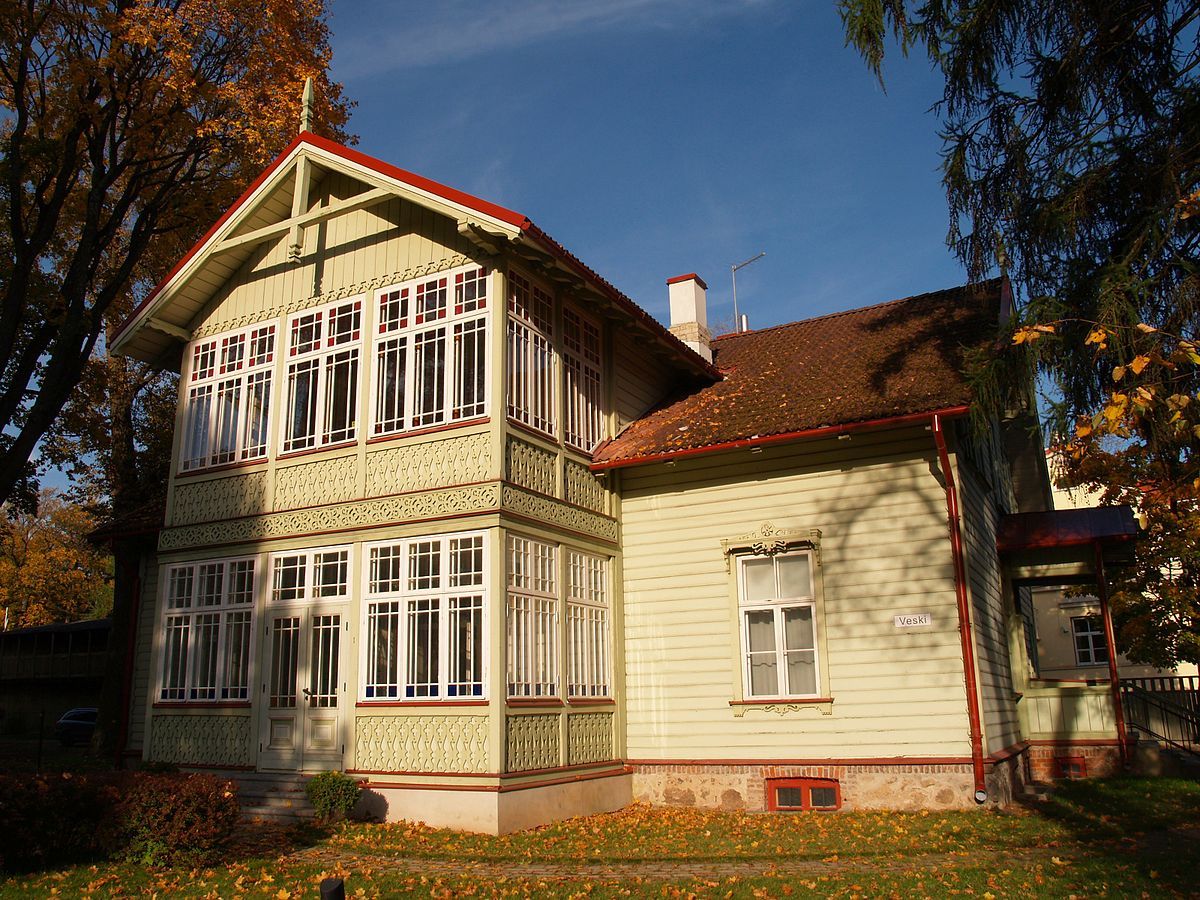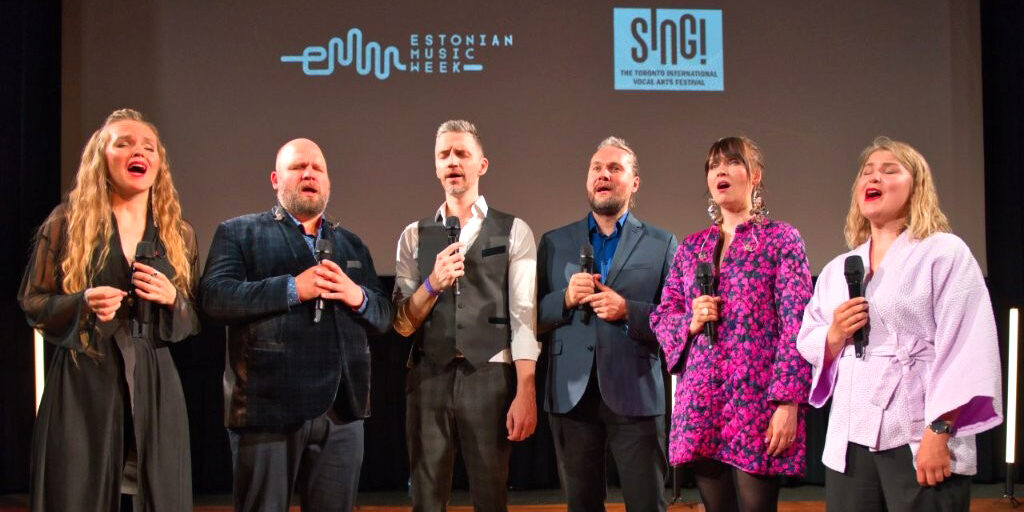The reality is that there are many dwellings that are in between. In Kuressaare, for example, there are large sections of town with old wooden homes. This is what one would classify as vernacular architecture: built from local materials, with local craftsmanship, to suit the needs of local people. New construction and renovation is managed on a municipal level, ensuring that development is cohesive with the character of the area. This poses challenges for people on a limited budget, but also leaves older buildings to fall apart. It is a debate that plagues construction in much of Europe: should we emphasize the past or focus on the contemporary?
Beyond affordability, there is the desire to move forward. This turns away from ‘museumification' of cities, but also away from strictly utilitarian buildings.
Arguably, this is the third option when it comes to Estonians deciding“Where shall we live?” Some young Estonians have opted for pre-fabricated homes. The process is relatively simple. Purchase the land, commission the construction of a kit, build the foundation, and within months, the house is shipped in trucks and constructed for the purchaser. From the Estonian company Katus, a standard two-storey, three bedroom home with a pitched roof, plus construction, can cost up to 110,000 Euros (167,865 Canadian Dollars as of January 7th).
These ‘pre-fab' homes are designed to be integrated into the environment and work in an energy-efficient manner. There is even an estimate given for energy emission levels. Still, where is the attention to culturally enduring structures?
As unpopular of an opinion as it may be, these new pre-fab structures and their modern construction methods could be part of our new cultural stopping point. Pre-fab homes could emulate traditional dwellings as much as the purchaser desires, and could be customized with details. This is considering Estonian vernacular architecture's focus on detailed carpentry, such as diamond-shaped windows.
In a roundabout way, ‘vernacular' could be re-defined in that new buildings would meet the needs of the present, be more flexible with where materials come from, celebrate the past, and use modern ingenuity to house people, all at once. Housing like this would bolster population growth and the standard of living in Estonia.




